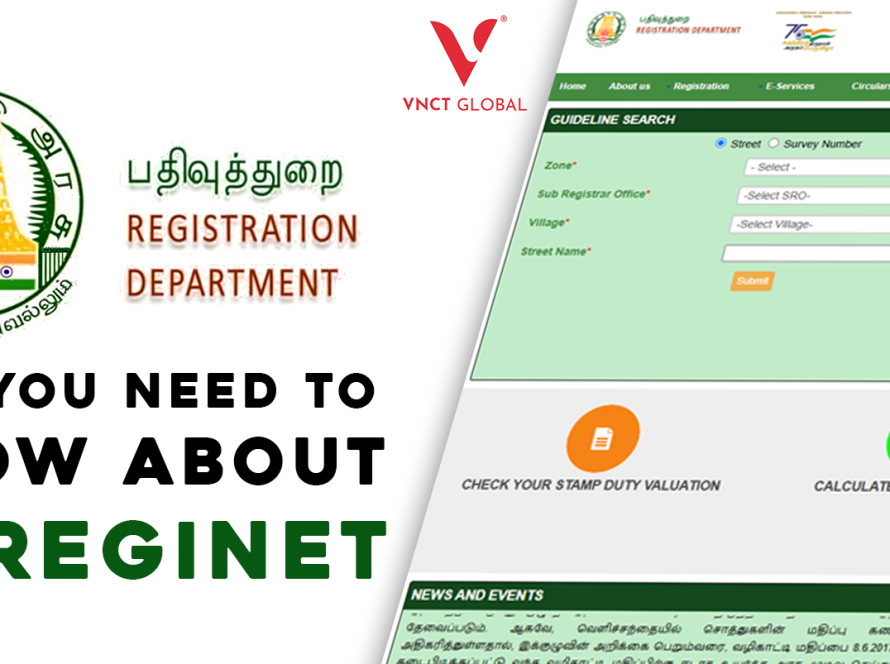Introduction
When navigating India’s real estate landscape, knowing the difference between guidance value and market value is crucial. These two values directly affect how property is priced, taxed, and sold—especially when you’re dealing with significant investments like villas or plots. Whether you’re exploring villas in Chennai, considering serene villas in Madurai, or eyeing premium villas in Coimbatore, this difference can directly impact how much you pay and what your property is truly worth.
Developers like VNCT Global, one of the best villa developers in India, always educate their customers on these core differences. Let’s break it down clearly.
What Is Guidance Value?
Think of the guidance value as the government’s official price tag for a piece of land or property in a particular area. It’s also called the “circle rate” or “ready reckoner rate” in many states.
This value is determined by the local government and used as the base for calculating stamp duty and registration fees. If you’re buying a property from a trusted developer like VNCT Global, your registration charges will be based on the guidance value set for that specific locality.
However, here’s the twist: guidance value is often lower than what the property actually sells for in the open market.
What Is Market Value?
Market value is the actual price at which a buyer is willing to purchase a property and a seller agrees to sell. This value depends on factors like:
- Location
- Infrastructure development
- Property condition
- Developer reputation
- Amenities
For instance, a luxury villa in a booming area like Kelambakkam might have a market value significantly above the guidance value—especially if it’s developed by reputed builders like VNCT Global.
Market value reflects real-time demand and supply, making it much more fluid and responsive than the relatively fixed guidance value.
Key Differences at a Glance
| Feature | Guidance Value | Market Value |
| Set By | Government | Real estate market (buyers/sellers) |
| Used For | Stamp duty & registration | Property transactions & negotiations |
| Frequency of Change | Infrequent | Frequently (based on demand/supply) |
| Flexibility | Fixed | Negotiable |
Why the Difference Matters
Understanding the gap between these values is essential for
1. Property Investment Decisions
Investors often assess the potential gain based on market value exceeding the guidance value. This is common in rapidly developing areas with projects by top-tier developers like VNCT Global.
2. Loan Approvals
Banks may sanction home loans based on the guidance value, especially in tier-2 cities. If your buying price is above this, you may need to fund the difference yourself.
3. Taxation and Registration Costs
Stamp duty is calculated on the higher of the guidance or market value. So if your market value is higher, you may end up paying more in taxes.
VNCT Global’s Approach
At VNCT Global, transparency is a top priority. Whether it’s villas in Chennai, villas in Madurai, or villas in Coimbatore, buyers receive a clear breakdown of both values.
Their global outreach through events in Dubai and other international hubs ensures that NRI buyers get expert insights into Indian market realities. If you’re seeking clarity for your next investment, don’t hesitate to contact us at VNCT Global.
Final Thoughts
Understanding guidance value and market value is not just for real estate professionals. It’s critical for anyone considering buying or selling property in India. Working with reputable developers like VNCT Global ensures you’re guided at every step—with no surprises.
So whether you’re comparing rates, calculating your taxes, or exploring new villas in Chennai or Coimbatore, being aware of this difference helps you make informed, confident decisions.
For more clarity or to speak to an expert, feel free to contact us at VNCT Global today.
FAQs For Guidance Value and Market Value
- Can a property be sold below the guidance value?
No. Legally, you cannot register a property for less than the guidance value, even if the actual deal is lower. - Why is market value usually higher than guidance value?
Because market value reflects real demand, location, amenities, and the developer’s reputation. Guidance value is a static, government-determined base rate. - How often are guidance values updated?
This varies by state. Some states revise annually, while others may take years to update, creating a larger gap with current market conditions. - Which value do banks use for home loan calculations?
Banks consider both but generally base the loan amount closer to the guidance value, depending on risk assessment. - Where can I check the guidance value for my area?
Each state has an official registration or property portal where you can check guidance values based on survey number or locality.





